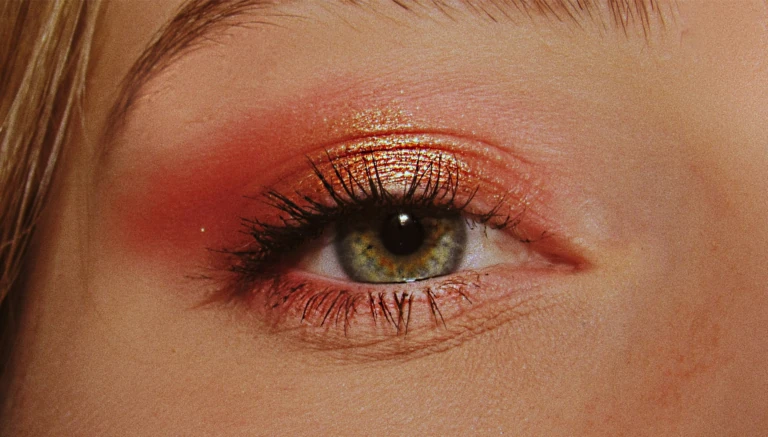Unmasking Dupe Culture: The legal challenges of copycat products

By Blair Beven | Principal
While dupes have been around since ancient craftsmen first learnt how to emulate luxurious goods, the recent explosion in dupe culture has been something to behold. What are the legalities around dupes and how can businesses protect their brand, ideas, and creations?
What is duping?
As any Tik Tok fan or YouTuber can tell you, a dupe is an affordable alternative or brand knock-off for a higher-end product. For a more formal definition, the Cambridge Dictionary describes it as the ‘short form of duplicate that is used to refer to a product made to look like a more expensive higher-quality product.’¹
Previously, it was vogue to try, and pass dupes off as the real thing. However, that all changed in 2010, when early YouTube beauty influencers started touting more affordable ‘high street’ alternatives to luxury cosmetics. This quickly gained momentum, spreading across Instagram and TikTok, and resulting in the current dupe phenomenon.
While this trend has made luxury-inspired products more accessible, it’s not without consequences. Duping can have devastating effects on brands, especially SMEs and start-ups, leading to significant revenue losses and dilution of brand value.
Dupe culture in 2025
What’s been unprecedented about this current iteration of duping is its prominence within popular culture. Companies like MCoBeauty and Shein have developed highly profitable business models centred on duping, and are dominating their respective cosmetics and clothing dupe markets, despite facing a number of lawsuits on the grounds of intellectual property infringement.
Moreover, it seems that consumers can’t get enough. A recent study by Marketplace Pulse for The Fashion Law found that Amazon searches for Skims dupes – the shapewear and clothing company co-founded by Kim Kardashian in 2019 – were outpacing searches for authentic Skims products.²
Dupe products vs IP rights
So, where do dupes stand legally? Contrary to popular belief, there’s no “10% rule” that allows you to legally copy a part or element of another trader’s product packaging or label by simply copying no more than 10%. IP infringement isn’t about how much you change. It’s about the quality or substantiveness of what you copy. It is not a quantitative analysis.
Dupe products often find themselves in hot water by infringing patented, trade marked, or copyright features of the product. Duping can also lead to allegations of misleading or deceptive conduct and breaches of Australian Consumer Law. For manufacturers, designers, innovators, or creators, it is important to conduct thorough IP searches before launching new products, brands, or labelling to avoid infringement and costly litigation and damages.
How can companies protect their brands from dupes?
Unfortunately, as can be seen by the success of Shein and MCoBeauty dupes, there is no surefire way for businesses to stop it happening to their products. Nonetheless, there are steps businesses can take to help defend their rights and commercial property.
Trade marks
Trade mark protection is a powerful tool that is relatively straightforward to enforce. A registered trade mark distinguishes your brand or product from competitors and can protect things like words, logos, and shapes. Although intentional dupers often get around trade marks by using a different name and imitating other non-registered aspects of the product, having a registered trade mark can consolidate your position in the market and give you a clear line of enforcement to challenge trade mark infringement.
Copyright
In Australia, copyright protection is automatically granted to original artistic works. However, copyright law only applies to the expressions of ideas for things like literary, musical, dramatic, and artistic works. For this reason, copyright is not particularly well-suited to protecting commercial products from duping.
However, if your product features an element of original artistic expression, copyright may be worth considering. For example, in the UK Charlotte Tilbury successfully sued Aldi for copyright infringement on the basis that Aldi had copied the embossed design in the powder of Tilbury’s ‘Filmstar Bronze and Glow Palette’, and used it in in their Lacura cosmetics range.³
In this way, incorporating unique design elements that attract copyright protection into your products can be a means of protecting them against intentional dupes.
Patents
Legal patents give exclusive rights to the inventor and allow them to prevent others from manufacturing, using, or selling their invention in Australia without permission.
There are two types of patents: standard and innovation. Innovation patents may be useful if you develop something like a new formulation for a particular product, or an innovative manner of manufacture. However, patents give you very specific protection for your design and innovation, meaning that others may be able to create, market, and sell a similar product.
Designs
Design rights protect the overall visual appearance of new and distinctive products that have a physical form. It’s important to both register and certify designs through IP Australia, as once you’ve registered your design, certification then allows you to stop others from using it or creating one that is substantially similar.
What does the law say about duping?
Australian Consumer Law does have provisions to protect consumers from misleading and deceptive conduct, including ‘passing off’ and ensuring product quality. It can also inadvertently help business owners by fending off would-be dupers who are found to have misled and deceived consumers, or else misrepresented their goods as coming from another trade source. Even so, the reality is that the sheer scale and rapid turnover of fast fashion make enforcement challenging.
Consumer ethics and dupes
One of the speculated reasons why dupe culture has taken off is the current cost of living crisis. With many struggling, it’s easy to see why people would seek out low-cost alternatives to luxury brands.
However, it’s important that consumers consider the whole picture when making purchasing decisions. The impact of dupes can be catastrophic on smaller businesses, who may not have the means to fight imitations of their products. Furthermore, some dupes may be created by companies with questionable manufacturing processes, particularly around labour conditions, environmental impact, and material sourcing.
Consumers can make a real difference by being more mindful of their purchases and supporting brands that prioritise ethical and sustainable practices. Meanwhile, for businesses worried about being impacted by copycat products, reach out to XVII Degrees for a consultation on how you can protect your intellectual property and maintain your competitive edge.
References
[1] Cambridge Dictionary. (n.d.). Dupe. Retrieved from https://dictionary.cambridge.org/dictionary/english/dupe
[2] The Fashion Law. (2023). For Some Brands, Searches for Dupes Top Those for the Real Thing. Retrieved from https://www.thefashionlaw.com/for-some-brands-searches-for-dupes-top-those-for-the-real-thing/
[3] Islestarr Holdings Ltd v Aldi Stores Ltd. CaseMine. Retrieved from https://www.casemine.com/judgement/uk/5d5242582c94e021bbe59b8c


